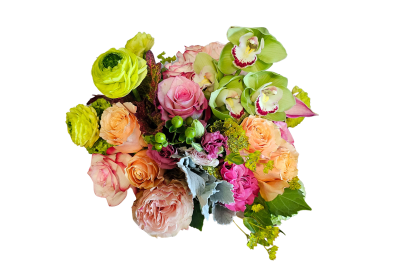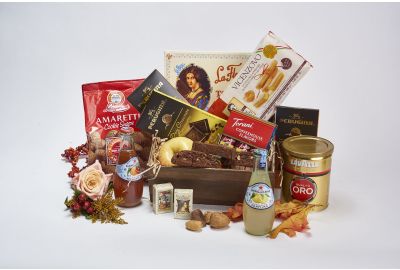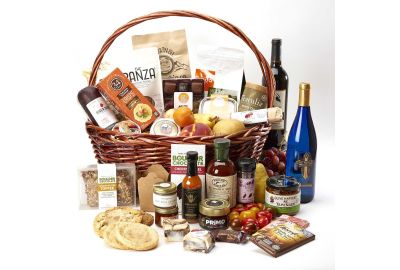Loading...
12 view(s)
The Art and Complexity of "Market Style" Flower Arrangements
The Art and Complexity of "Market Style" Flower Arrangements
In the world of floral design, creating the perfect bouquet is akin to painting a masterpiece. However, florists are at the mercy of Mother Nature, unlike a painter who has the luxury of mixing oils or acrylics to get the exact hue they desire. The challenge of replicating a specific flower arrangement from an image is considerable, a fact that is often underappreciated. This complexity stems from seasonal influences, the quality of flowers available, and their availability on the market. In response, many florists have adopted the term "Market Style" to set expectations appropriately, indicating that while the essence of the arrangement will be captured, the exact match to an image is not guaranteed.
Seasonal Influences on Flower Arrangements
Seasonality plays a pivotal role in the availability of certain flowers. For instance, peonies bloom gloriously in late spring to early summer and are scarce at other times of the year. When a customer desires a bouquet featuring peonies in the heart of winter, florists must navigate these seasonal limitations creatively. This is where the concept of "Market Style" arrangements shines, allowing for substitutions that maintain the spirit of the original design without being bound by the constraints of seasonality.
Quality Issues of Particular Flowers
Quality is another significant factor that affects the creation of faithful floral arrangements. Flowers are delicate creatures; they can be bruised, wilted, or otherwise compromised when they reach the florist. Even within a batch of the same flower, color intensity, size, and shape variations are common. These discrepancies mean that achieving a replica of a flower arrangement seen in a photo can be challenging. "Market Style" arrangements acknowledge this reality, ensuring customers understand that while the overall aesthetic and quality will be met, some differences are inevitable.
Availability Issues
Availability, or lack thereof, can dramatically impact the composition of a flower arrangement. Many factors, including weather conditions, farming issues, and global supply chains, influence the availability of specific flowers. For example, a volcanic eruption in South America or unexpected frosts in Europe can suddenly cut off the supply of popular blooms. Florists must therefore adapt quickly, finding suitable alternatives that reflect the intended design. "Market Style" arrangements are born out of this necessity, offering flexibility and ensuring that each bouquet is as unique as the circumstances of its creation.
Embracing "Market Style" Arrangements
Adopting a "Market Style" approach to flower arrangements is not about compromising quality or creativity; it's about embracing the inherent variability and beauty of nature. It allows florists to craft bouquets that are not only beautiful but also reflective of the season's best offerings and the reality of flower availability. This approach educates customers on the nuances of floral design and sets realistic expectations, fostering a deeper appreciation for the artistry involved in each bouquet.
Conclusion
"Market Style" flower arrangements represent the confluence of artistry, nature's unpredictability, and pragmatic adaptation. They remind us that beauty often lies in imperfection and that the essence of a design can be maintained even when the exact elements change. By understanding and embracing the complexities behind replicating flower arrangements, customers and florists alike can enjoy the process of creation, confident in the knowledge that the result will be both beautiful and meaningful, capturing the spirit, if not the exact image, of the original design












